NK Missile Tech
입력 2016.06.28 (14:14)
수정 2016.06.28 (14:22)
읽어주기 기능은 크롬기반의
브라우저에서만 사용하실 수 있습니다.
[Anchor Lead]
North Korea has shown that it has made major technological advances in testing the Musudan missile last week. How did North Korea come to obtain its cutting-edge missile technology? Here’s more in our next report.
[Pkg]
Where did North Korea obtain the technology to develop a missile with a maximum range of 4,000 kilometers? This is a report by the Korea Institute for Defense Analyses, obtained exclusively by KBS. According to the report, there were about 20 missile development teams in the Soviet Union. When the USSR fell apart in 1991, two teams comprised of 25 scientists took asylum in North Korea. This was the testimony from a former North Korean scientist, who claimed that Russian scientists have played a key role in North Korea's missile development program.
[Soundbite] "(All of this is from your interview, right?) Yes."
North Korea had asked the Soviet Union for missile technology in the 1970s but was denied. Pyongyang then acquired Soviet-made Scud missiles from Egypt the 1980s and has since been producing copies. However, North Korea has consistently failed to develop a propellant for ballistic missiles with a range of more than 1,500 kilometers.
[Soundbite] Defector, Former N. Korean Scientist(Voice altered) : "In October 1985, Kim Jong-il said that North Korean scientists were only at the level of middle school graduates. Many attempts have been made since then in missile and nuclear weapons development to suit modern warfare."
After repeated failures, North Korea's missile development program underwent rapid progress after the former Soviet scientists provided crucial technologies.
[Soundbite] Kim Myeong-seop(KBS Reporter) : "How advanced were the Russian scientists and to what extent were they involved?"
[Soundbite] Defector, Former N. Korean Scientist(Voice altered) : "They were the core team central to the Soviet missile program. When they came to North Korea in the 1990s, the regime suddenly started succeeding in missile launches and came to launch ICBMs in 1998."
Russian President Vladimir Putin asked for the return of those scientists when he visited North Korea in the 2000s. However, Pyongyang raised each researcher's monthly salary to 8,000 dollars, motivating them to remain in the North until recently.
[Soundbite] Defector, Former N. Korean Scientist(Voice altered) : "The Russians were living in an apartment building which was guarded by armed sentries. I saw them commute to work as recently as 2009."
Thus North Korea came to possess the capacity to strike U.S. military assets in Guam, 3,500 kilometers away, and the potential to develop intercontinental ballistic missiles with a maximum range of 10,000 kilometers. The main research center for missile development is the Second Academy of Natural Sciences, located in the Ryongsong District of Pyongyang. Some 55,000 personnel, including the Russian scientists, are there to develop missiles as well as nuclear and biochemical weapons. When North Korea tested the Musudan missiles recently, academy officials accompanied Kim Jong-un to oversee the entire launch process. North Korea is using technology from the former Soviet Union to improve its missile capacity and continue its military provocations.
North Korea has shown that it has made major technological advances in testing the Musudan missile last week. How did North Korea come to obtain its cutting-edge missile technology? Here’s more in our next report.
[Pkg]
Where did North Korea obtain the technology to develop a missile with a maximum range of 4,000 kilometers? This is a report by the Korea Institute for Defense Analyses, obtained exclusively by KBS. According to the report, there were about 20 missile development teams in the Soviet Union. When the USSR fell apart in 1991, two teams comprised of 25 scientists took asylum in North Korea. This was the testimony from a former North Korean scientist, who claimed that Russian scientists have played a key role in North Korea's missile development program.
[Soundbite] "(All of this is from your interview, right?) Yes."
North Korea had asked the Soviet Union for missile technology in the 1970s but was denied. Pyongyang then acquired Soviet-made Scud missiles from Egypt the 1980s and has since been producing copies. However, North Korea has consistently failed to develop a propellant for ballistic missiles with a range of more than 1,500 kilometers.
[Soundbite] Defector, Former N. Korean Scientist(Voice altered) : "In October 1985, Kim Jong-il said that North Korean scientists were only at the level of middle school graduates. Many attempts have been made since then in missile and nuclear weapons development to suit modern warfare."
After repeated failures, North Korea's missile development program underwent rapid progress after the former Soviet scientists provided crucial technologies.
[Soundbite] Kim Myeong-seop(KBS Reporter) : "How advanced were the Russian scientists and to what extent were they involved?"
[Soundbite] Defector, Former N. Korean Scientist(Voice altered) : "They were the core team central to the Soviet missile program. When they came to North Korea in the 1990s, the regime suddenly started succeeding in missile launches and came to launch ICBMs in 1998."
Russian President Vladimir Putin asked for the return of those scientists when he visited North Korea in the 2000s. However, Pyongyang raised each researcher's monthly salary to 8,000 dollars, motivating them to remain in the North until recently.
[Soundbite] Defector, Former N. Korean Scientist(Voice altered) : "The Russians were living in an apartment building which was guarded by armed sentries. I saw them commute to work as recently as 2009."
Thus North Korea came to possess the capacity to strike U.S. military assets in Guam, 3,500 kilometers away, and the potential to develop intercontinental ballistic missiles with a maximum range of 10,000 kilometers. The main research center for missile development is the Second Academy of Natural Sciences, located in the Ryongsong District of Pyongyang. Some 55,000 personnel, including the Russian scientists, are there to develop missiles as well as nuclear and biochemical weapons. When North Korea tested the Musudan missiles recently, academy officials accompanied Kim Jong-un to oversee the entire launch process. North Korea is using technology from the former Soviet Union to improve its missile capacity and continue its military provocations.
■ 제보하기
▷ 카카오톡 : 'KBS제보' 검색, 채널 추가
▷ 전화 : 02-781-1234, 4444
▷ 이메일 : kbs1234@kbs.co.kr
▷ 유튜브, 네이버, 카카오에서도 KBS뉴스를 구독해주세요!
- NK Missile Tech
-
- 입력 2016-06-28 14:19:08
- 수정2016-06-28 14:22:57
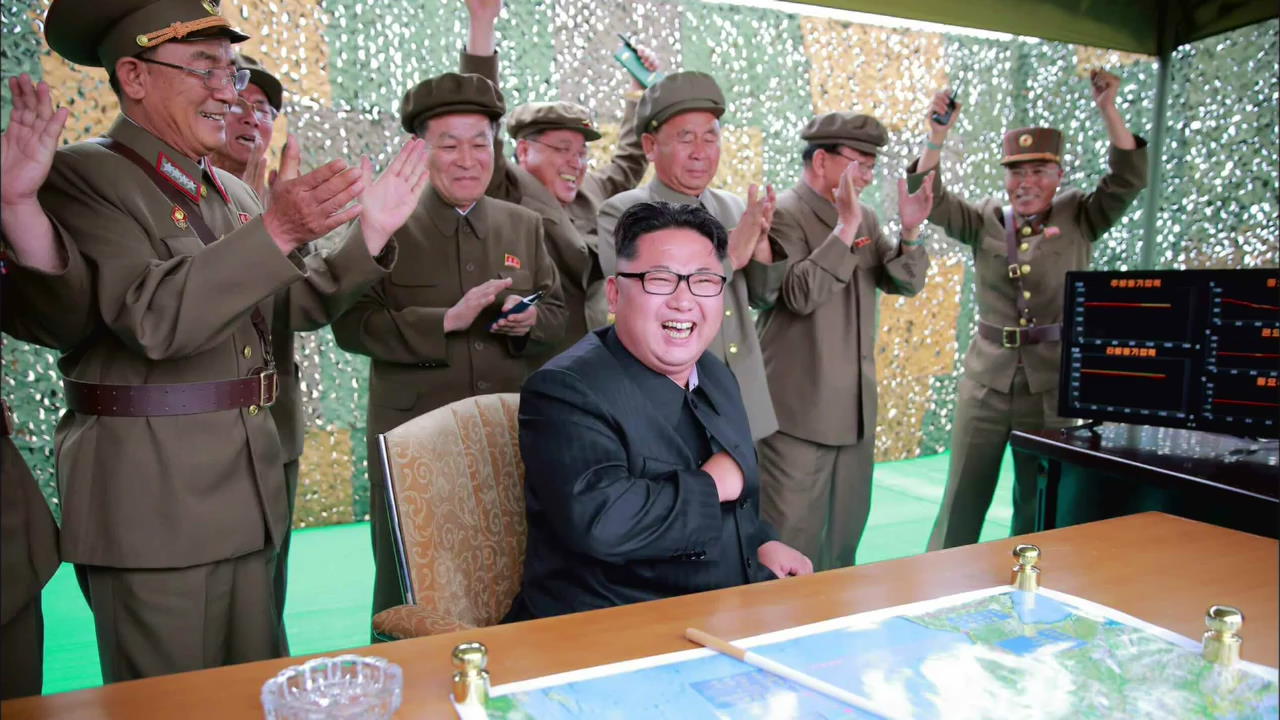
[Anchor Lead]
North Korea has shown that it has made major technological advances in testing the Musudan missile last week. How did North Korea come to obtain its cutting-edge missile technology? Here’s more in our next report.
[Pkg]
Where did North Korea obtain the technology to develop a missile with a maximum range of 4,000 kilometers? This is a report by the Korea Institute for Defense Analyses, obtained exclusively by KBS. According to the report, there were about 20 missile development teams in the Soviet Union. When the USSR fell apart in 1991, two teams comprised of 25 scientists took asylum in North Korea. This was the testimony from a former North Korean scientist, who claimed that Russian scientists have played a key role in North Korea's missile development program.
[Soundbite] "(All of this is from your interview, right?) Yes."
North Korea had asked the Soviet Union for missile technology in the 1970s but was denied. Pyongyang then acquired Soviet-made Scud missiles from Egypt the 1980s and has since been producing copies. However, North Korea has consistently failed to develop a propellant for ballistic missiles with a range of more than 1,500 kilometers.
[Soundbite] Defector, Former N. Korean Scientist(Voice altered) : "In October 1985, Kim Jong-il said that North Korean scientists were only at the level of middle school graduates. Many attempts have been made since then in missile and nuclear weapons development to suit modern warfare."
After repeated failures, North Korea's missile development program underwent rapid progress after the former Soviet scientists provided crucial technologies.
[Soundbite] Kim Myeong-seop(KBS Reporter) : "How advanced were the Russian scientists and to what extent were they involved?"
[Soundbite] Defector, Former N. Korean Scientist(Voice altered) : "They were the core team central to the Soviet missile program. When they came to North Korea in the 1990s, the regime suddenly started succeeding in missile launches and came to launch ICBMs in 1998."
Russian President Vladimir Putin asked for the return of those scientists when he visited North Korea in the 2000s. However, Pyongyang raised each researcher's monthly salary to 8,000 dollars, motivating them to remain in the North until recently.
[Soundbite] Defector, Former N. Korean Scientist(Voice altered) : "The Russians were living in an apartment building which was guarded by armed sentries. I saw them commute to work as recently as 2009."
Thus North Korea came to possess the capacity to strike U.S. military assets in Guam, 3,500 kilometers away, and the potential to develop intercontinental ballistic missiles with a maximum range of 10,000 kilometers. The main research center for missile development is the Second Academy of Natural Sciences, located in the Ryongsong District of Pyongyang. Some 55,000 personnel, including the Russian scientists, are there to develop missiles as well as nuclear and biochemical weapons. When North Korea tested the Musudan missiles recently, academy officials accompanied Kim Jong-un to oversee the entire launch process. North Korea is using technology from the former Soviet Union to improve its missile capacity and continue its military provocations.
North Korea has shown that it has made major technological advances in testing the Musudan missile last week. How did North Korea come to obtain its cutting-edge missile technology? Here’s more in our next report.
[Pkg]
Where did North Korea obtain the technology to develop a missile with a maximum range of 4,000 kilometers? This is a report by the Korea Institute for Defense Analyses, obtained exclusively by KBS. According to the report, there were about 20 missile development teams in the Soviet Union. When the USSR fell apart in 1991, two teams comprised of 25 scientists took asylum in North Korea. This was the testimony from a former North Korean scientist, who claimed that Russian scientists have played a key role in North Korea's missile development program.
[Soundbite] "(All of this is from your interview, right?) Yes."
North Korea had asked the Soviet Union for missile technology in the 1970s but was denied. Pyongyang then acquired Soviet-made Scud missiles from Egypt the 1980s and has since been producing copies. However, North Korea has consistently failed to develop a propellant for ballistic missiles with a range of more than 1,500 kilometers.
[Soundbite] Defector, Former N. Korean Scientist(Voice altered) : "In October 1985, Kim Jong-il said that North Korean scientists were only at the level of middle school graduates. Many attempts have been made since then in missile and nuclear weapons development to suit modern warfare."
After repeated failures, North Korea's missile development program underwent rapid progress after the former Soviet scientists provided crucial technologies.
[Soundbite] Kim Myeong-seop(KBS Reporter) : "How advanced were the Russian scientists and to what extent were they involved?"
[Soundbite] Defector, Former N. Korean Scientist(Voice altered) : "They were the core team central to the Soviet missile program. When they came to North Korea in the 1990s, the regime suddenly started succeeding in missile launches and came to launch ICBMs in 1998."
Russian President Vladimir Putin asked for the return of those scientists when he visited North Korea in the 2000s. However, Pyongyang raised each researcher's monthly salary to 8,000 dollars, motivating them to remain in the North until recently.
[Soundbite] Defector, Former N. Korean Scientist(Voice altered) : "The Russians were living in an apartment building which was guarded by armed sentries. I saw them commute to work as recently as 2009."
Thus North Korea came to possess the capacity to strike U.S. military assets in Guam, 3,500 kilometers away, and the potential to develop intercontinental ballistic missiles with a maximum range of 10,000 kilometers. The main research center for missile development is the Second Academy of Natural Sciences, located in the Ryongsong District of Pyongyang. Some 55,000 personnel, including the Russian scientists, are there to develop missiles as well as nuclear and biochemical weapons. When North Korea tested the Musudan missiles recently, academy officials accompanied Kim Jong-un to oversee the entire launch process. North Korea is using technology from the former Soviet Union to improve its missile capacity and continue its military provocations.
이 기사가 좋으셨다면
-
좋아요
0
-
응원해요
0
-
후속 원해요
0










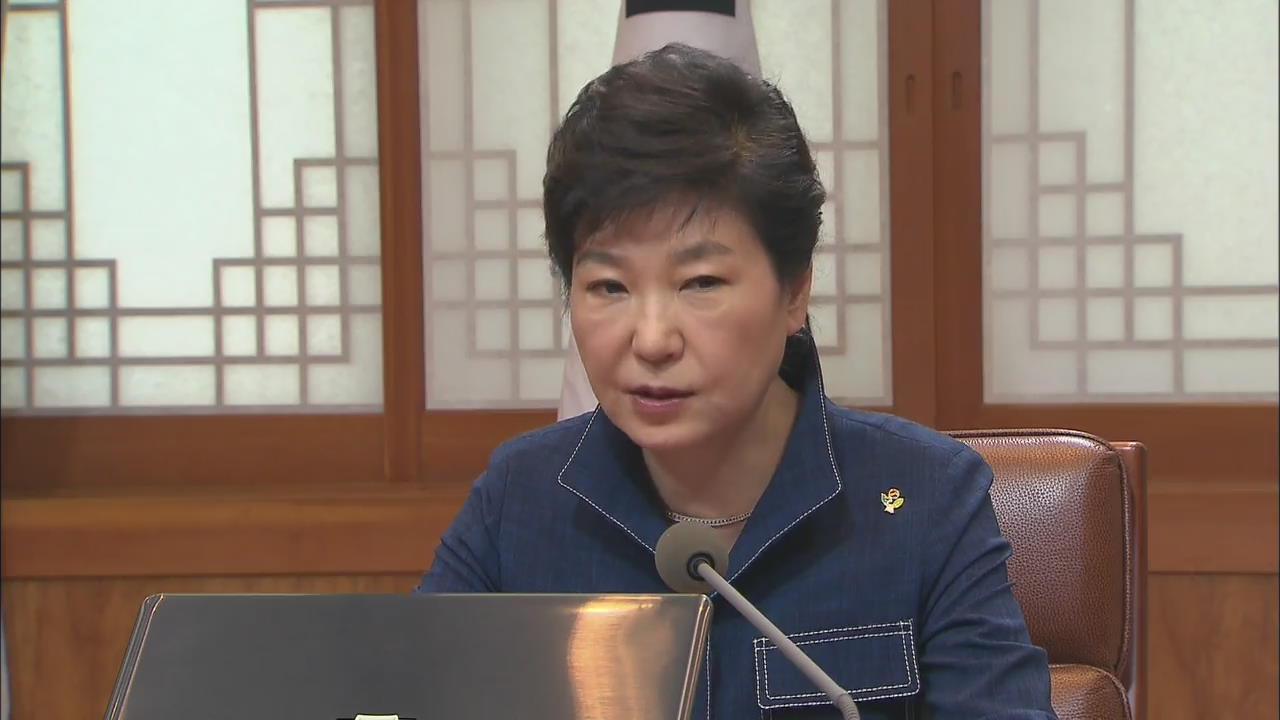
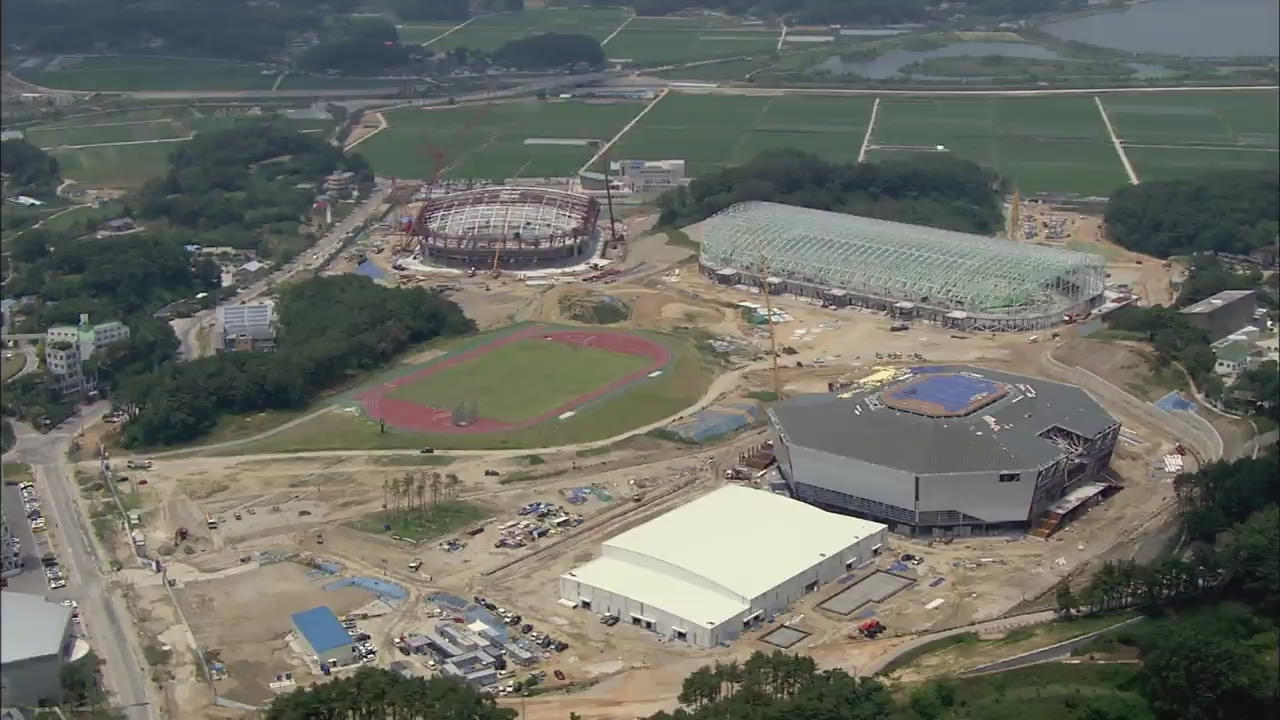
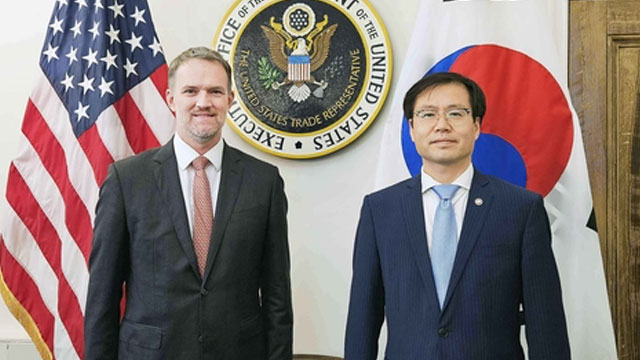
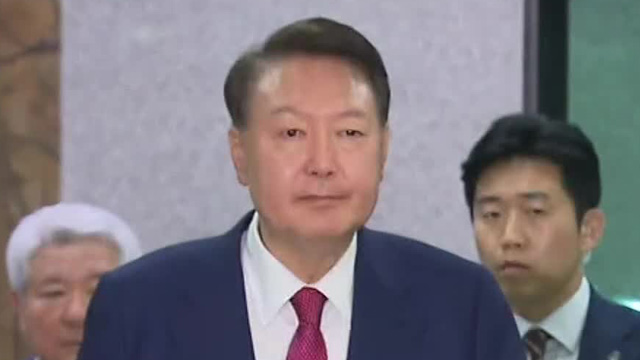

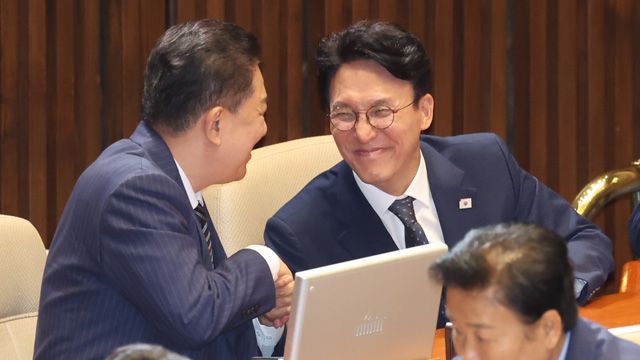

이 기사에 대한 의견을 남겨주세요.